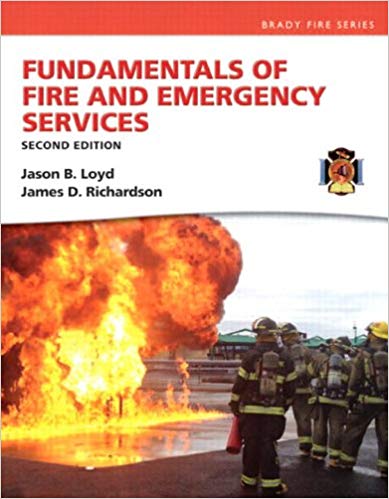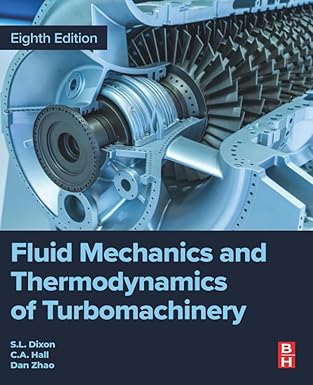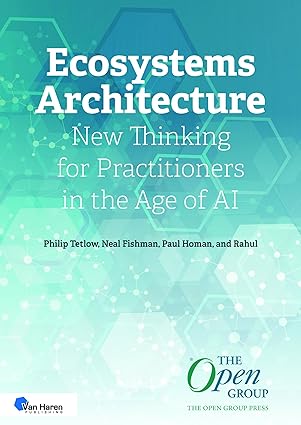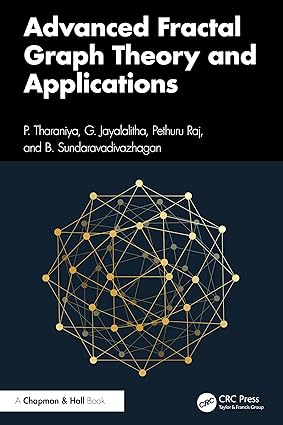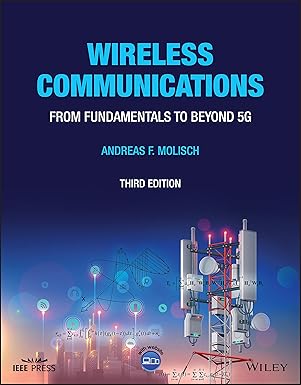Fundamentals of Fire and Emergency Services, Second Edition, is designed to introduce students to the firefighting profession as well as provide career firefighters a resource for continued learning. Offering a comprehensive overview of the fundamentals of modern fire service, the text covers the history of the fire service, career opportunities and education, fire dynamics, fire prevention, and more. With an emphasis on critical thinking, each chapter follows the FESHE curriculum and outlines specific learning objectives that address the ever-increasing challenges of this dynamic profession.
Online supplemental teaching materials are available to help instructors and students get the most from their EMS course.
- Resource Central, accessed through bradybooks.com, offers instructors online supplemental teaching material, such as test banks and customizable PowerPoint lectures to aid in the classroom. These instructor resources are also available through Pearson’s Instructor Resource Center.
- Students have access to a variety online study aids tailored to their fire service course.
چکیده فارسی
مبانی خدمات آتش نشانی و اورژانس، ویرایش دوم، برای آشنا کردن دانش آموزان با حرفه آتش نشانی و همچنین ارائه منبعی برای ادامه یادگیری به آتش نشانان حرفه ای طراحی شده است. این متن با ارائه یک نمای کلی از اصول اولیه خدمات آتش نشانی مدرن، تاریخچه خدمات آتش نشانی، فرصت های شغلی و آموزش، پویایی آتش، پیشگیری از آتش سوزی و موارد دیگر را پوشش می دهد. با تأکید بر تفکر انتقادی، هر فصل از برنامه درسی FESHE پیروی می کند و اهداف یادگیری خاصی را که به چالش های روزافزون این حرفه پویا می پردازد، ترسیم می کند.
مواد آموزشی تکمیلی آنلاین برای کمک به مربیان و دانشآموزان در استفاده از دوره EMS در دسترس است.
- Resource Central که از طریق bradybooks.com قابل دسترسی است، مطالب آموزشی تکمیلی آنلاین، مانند بانکهای تست و سخنرانیهای پاورپوینت قابل تنظیم را برای کمک به کلاس درس به مربیان ارائه میدهد. این منابع مربی از طریق مرکز منابع مربی پیرسون نیز در دسترس هستند.
- دانش آموزان به انواع کمک های مطالعه آنلاین متناسب با دوره خدمات آتش نشانی آنها دسترسی دارند.
ادامه ...
بستن ...
Ebook details:
عنوان: Fundamentals of Fire and Emergency Services (2nd Edition) (Brady Fire)
نویسنده: Jason B. Loyd; James D. Richardson
ناشر: Pearson; 2 edition (July 29, 2013)
زبان: English
شابک: 0133419231, 978-0133419238
حجم: 131 Mb
فرمت: Image pdf with ocr
ادامه ...
بستن ...
